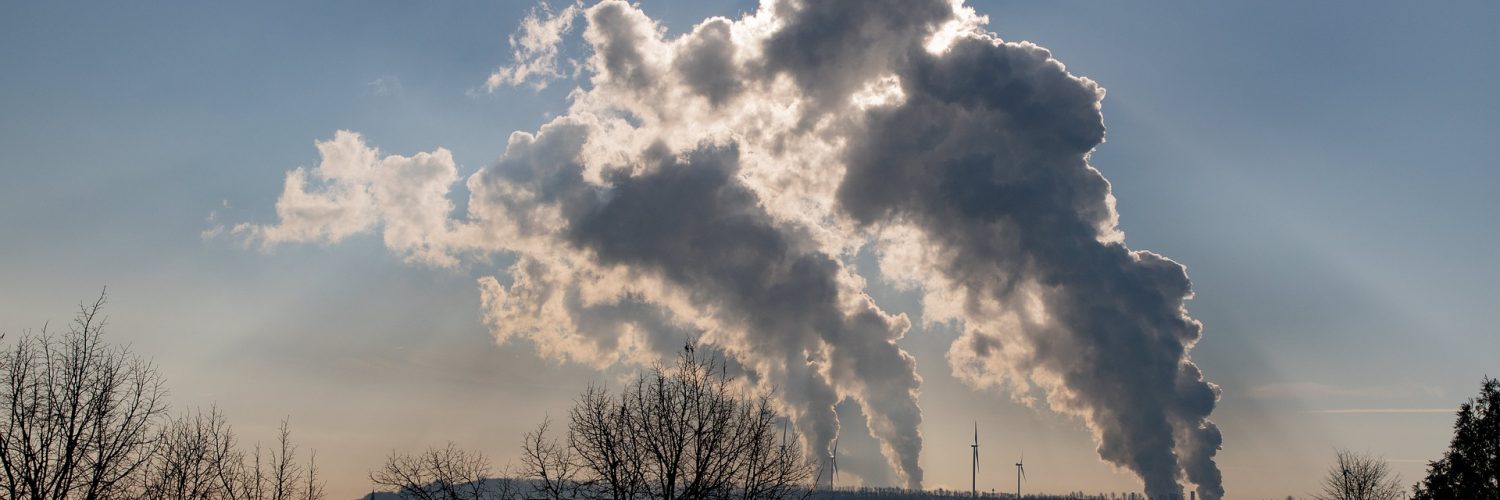JPMorgan Chase recently announced a significant expansion of its efforts to reduce carbon emissions worldwide with new commitments to invest in, encourage investment in and provide financing to companies devoted to saving the planet.
The banking giant, with $3.2 trillion in assets and operations worldwide, approved a “financing commitment” aligned to the goals of the Paris Agreement that has been adopted by 189 countries to substantially reduce the world’s greenhouse gas emissions.
“Climate change is a critical issue of our time. The goals set in the Paris Agreement are commendable and ambitious, but the world is not on track to meet them,” said Daniel Pinto, co-president of Chase and the CEO of its Corporate and Investment Bank. “While the world has a long way to go, we at JPMorgan Chase want to do more. That means working with clients, policymakers and advocates to transition our economy and turn the goals of Paris into a reality.”
Chase is one of a number of major banks and financial institutions to step up their commitments this year to sustainable lending, operations and investments.
Chase “Carbon Transition” center for investors, commercial clients
As part of this commitment, Chase is launching the Center for Carbon Transition to provide clients in the Corporate and Investment Bank and Commercial Banking with access to sustainability-focused financing, research and advisory solutions to engage clients on their long-term business strategies and related carbon disclosures.
Focus on oil and gas, electric power, automotive manufacturing
In moving forward, Chase is establishing intermediate emission targets for 2030 for its financing portfolio. The global banking giant said it will focus on the oil and gas, electric power and automotive manufacturing sectors and set targets on a sector-by-sector basis.
Over time, JPMorgan Chase will aim to support companies to advance the goals of the Paris Agreement, including reducing greenhouse gas emissions and expanding investment in low- and zero-carbon energy sources and technologies.
Major banks are major solution to save the planet
Trillions of dollars in financing annually will be needed to achieve countries’ sustainability goals. Most will be relying on the banking sector to provide much of the capital.
This year, Chase, Bank of America, HSBC, Morgan Stanley, Barclays and other major financial institutions announced commitments to promote a low-carbon world including aligning their financial investments with the Paris compact and goals to reach net zero emissions.
A daunting challenge with little data to guide them, they are having to closely analyze their investments in different sectors and regions to determine how to reduce the carbon intensity of entire portfolios over time.
A number of analysis tools, methodologies and platforms exist to support banking organizations in understanding how to accomplish that. For instance, Morgan Stanley, Bank of America, Citi and other banks recently announced their participation in the Partnership for Carbon Accounting Financials, a coalition working on measuring financed emissions and improving transparency through disclosure.
The bottom line: Risk and opportunity
Banks usually do not come to mind when talking about climate change, but they clearly will play a key mission in transforming the world into a net-zero emissions economy, sustainability experts agree.
Expanding their commitments is in their own self interest. Climate change foretells potential risks for banks whose commercial and investment clients are or will be negatively impacted by rising sea levels, increasing environmental regulations, and other factors that can hurt their bottom line or force them to default on bank loans.
On the other side of the coin is opportunity. Massive amounts of capital and new financial products will be required to fund the transition to a lower-carbon economy. That will create new demand for bank services.
The Climate Challenge
While a growing number of companies have been working to align their business strategies to the goals of the Paris Agreement, significant challenges exist. This includes a lack of comprehensive and high-quality greenhouse gas emissions data, as well as the need for robust policy solutions and new technologies.
The International Energy Agency has noted that one-third of the emission reductions needed in its Paris-aligned Sustainable Development Scenario will have to come from technologies that are not yet commercially available. While the use of lower-carbon technology is growing within the electric power and automotive sectors, currently there are not adequate commercially available solutions to replace oil and natural gas in critical applications such as long-distance transportation and heavy industry. As a result, these resources will continue to play a significant role as sources of energy, Chase officials said.
Setting the stage for industry, lawmakers to follow
By aligning its financing with the Paris climate goals, Chase is sending “a powerful signal that will help steer utilities, automakers, and oil and gas companies further along the path to decarbonization,” said Bob Perciasepe, president of the Center for Climate and Energy Solutions (C2ES).
“Executing this new strategy will be no easy task. But as more and more companies step up to the challenge, it’s now up to our political leaders to enact the policies needed to get the job done,” Perciasepe said.
















Add comment